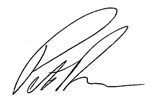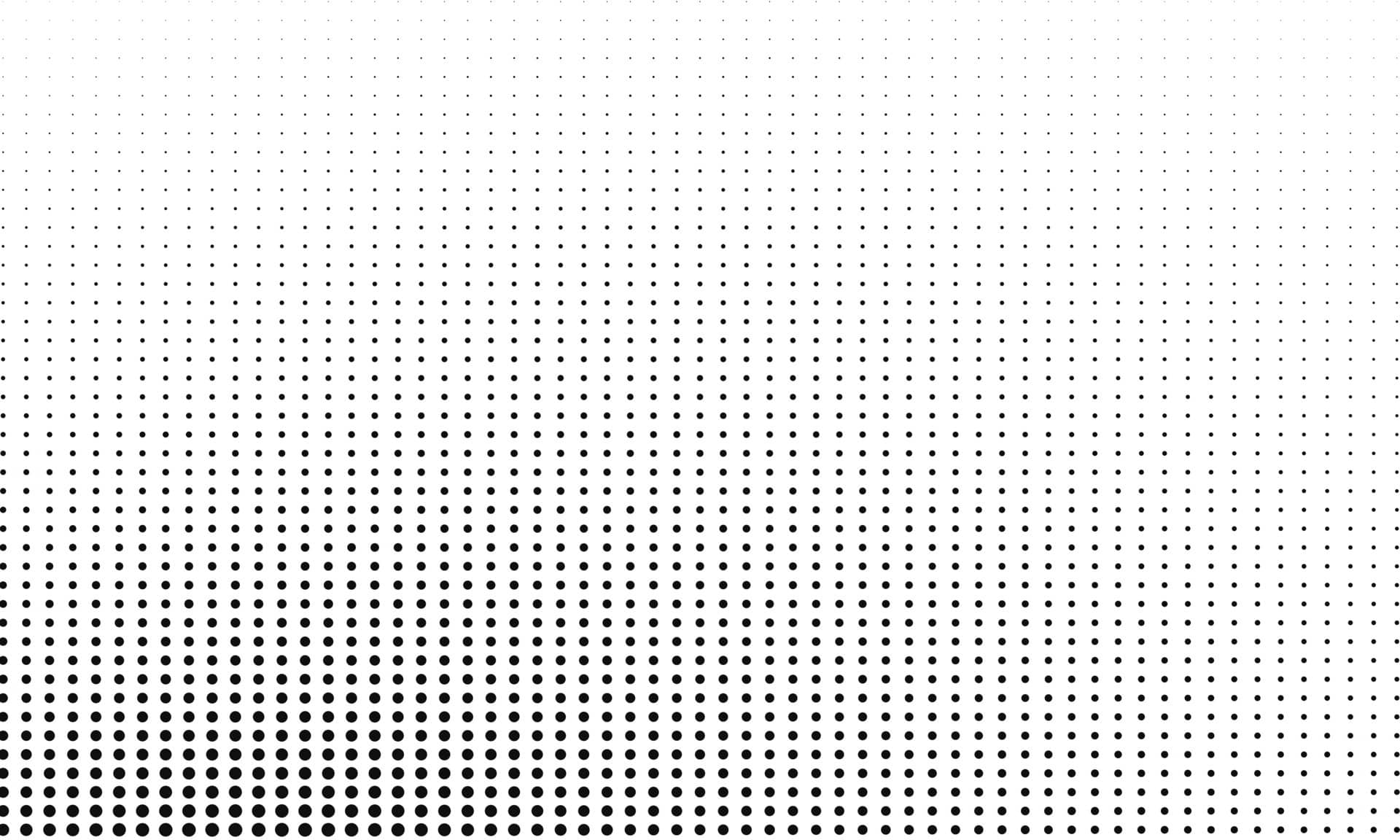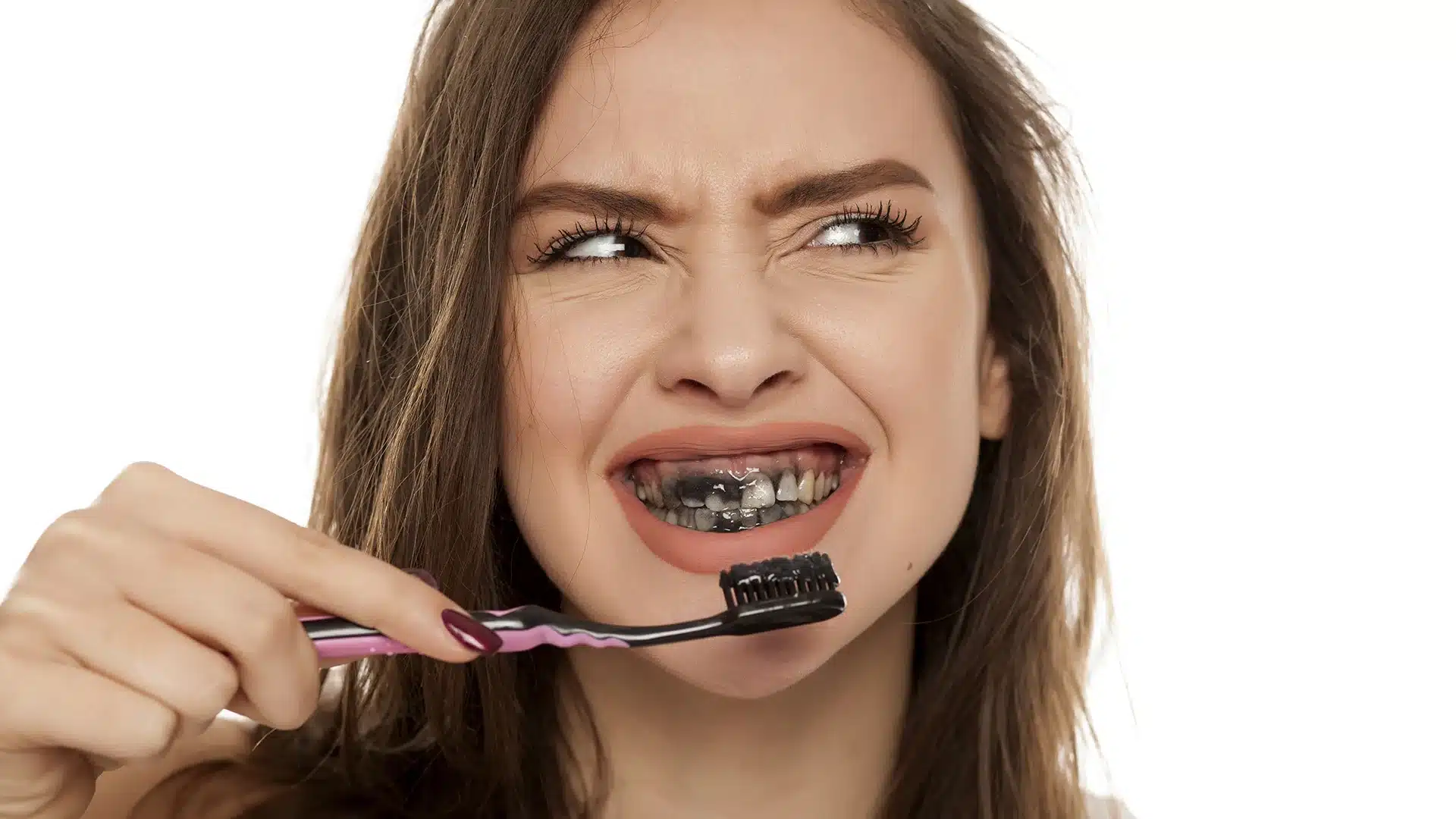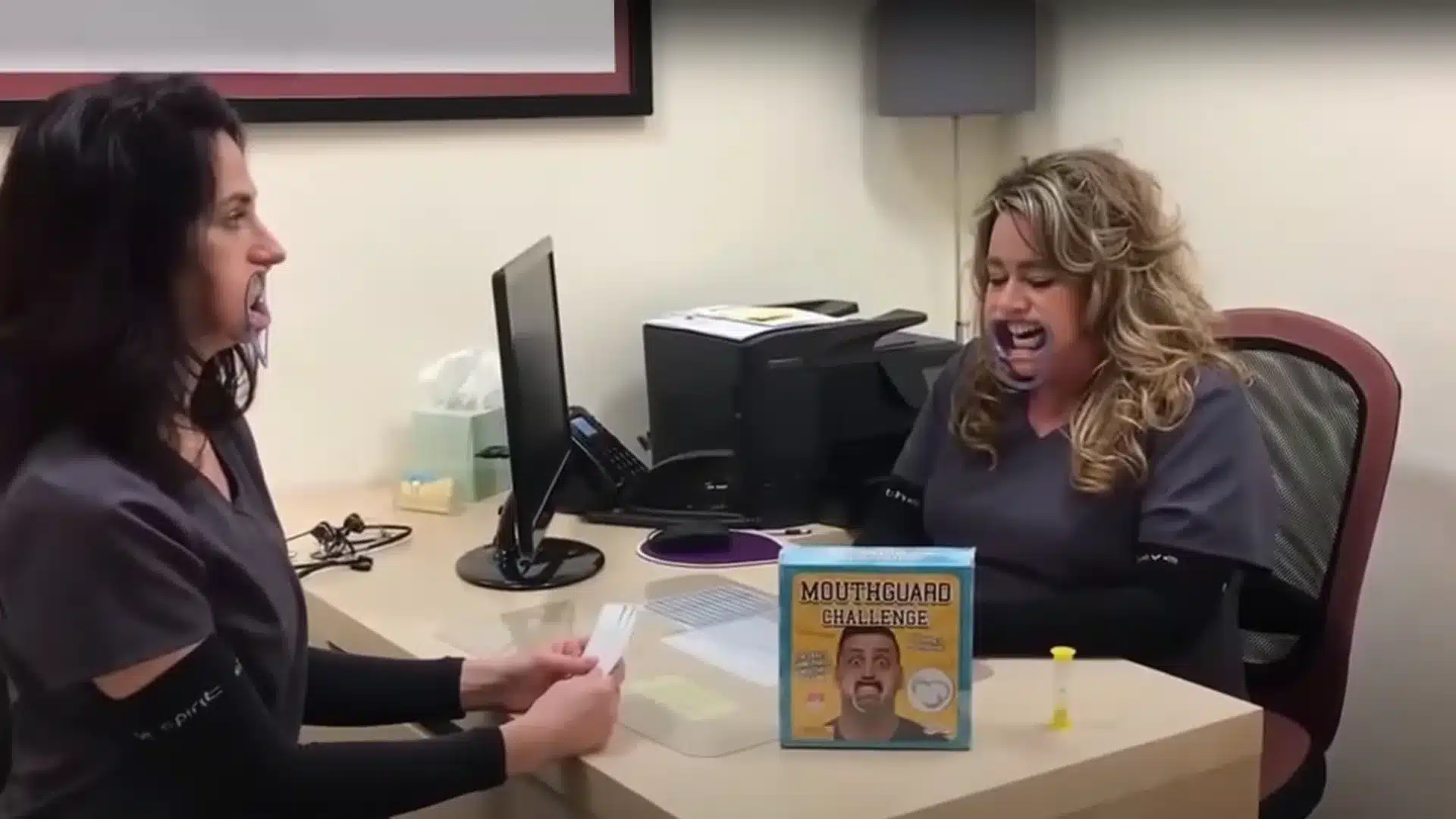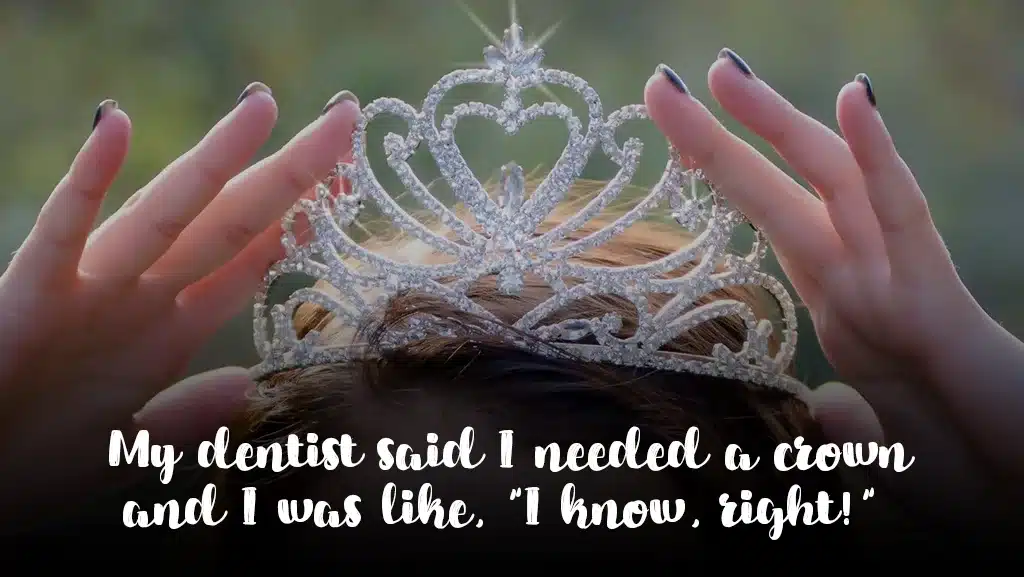I am asked this same question about about twice a month – “Does charcoal whitening work?” Activated charcoal seems to be all the rage these days and since it’s now also become part of the oral care industry, I thought I’d talk a little bit about charcoal toothpaste and powder as a tooth whitener.
When patients ask me, my answer is always the same. In an effort to not offend the person who believes they’ve found the tooth-whitening fountain of youth, I respond with a resounding, “Yes, but in a harmful way, so please don’t use charcoal to whiten your teeth.”
What Is Activated Charcoal?
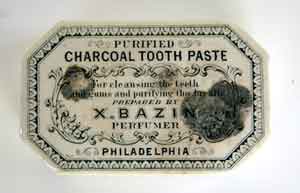
The activated charcoal you’re seeing in skin care products, hair care products, the dietary supplements aisle and now in toothpaste is not at all the same charcoal you’re firing up in the grill. So first and foremost, don’t go rubbing barbecue briquettes on your teeth in hopes of having pearlier whites.
The activated charcoal I’m talking about is produced from various carbonaceous sources (such as coconut shells, willow peat, olive pits, sawdust, etc). It is “activated” during the processing stage by heating it up to make it more porous.
And it’s nothing new in healthcare or oral care – dating back to Egyptians, Hippocrates, and throughout history – and actually sold in tooth powders and soaps as far back as the early 1900’s.

Today’s Hype
I get it. I do. As Americans, we are all looking for something that is easier and faster and we are all tempted by things that sound too good to be true. The “As seen on TV” logo had me believing I would have “Eagle Eyes” when I bought these sunglasses.
Unfortunately, my Eagle Eyes Sunglasses just made the world look a bit distorted. Maybe that’s how eagles view the world, though I highly doubt it. It’s much more likely that the product didn’t quite match the hype.
Well, just like my sunglasses, charcoal activated toothpastes don’t quite match the hype. Sure, charcoal tooth whitening products might make your teeth appear whiter to all of your family and friends (unless they’re wearing my sunglasses), but it’s risky and I want you to understand why.
The Risk
Before we talk about brushing your teeth with an activated charcoal toothpaste, I want to talk about something I’m passionate about in my non-dental world. Yep, dentists are people, too. And I love cars! There is nothing like a highly polished paint job on a fast car.
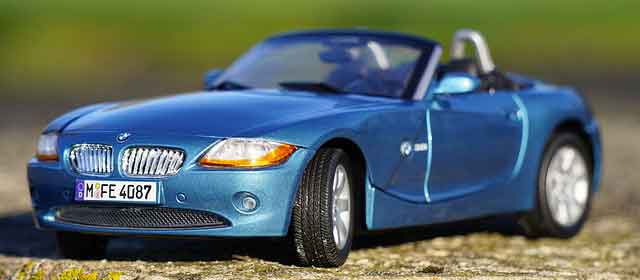
My go-to car cleaning product is a rubbing compound to get all those paint imperfections out of my car’s paint job. This product will make your car shine like it has never shone before, if used correctly.
Unlike most men, I do read directions on bottles and I noticed that the rubbing compound mentioned it was not recommended for use on clear coat finishes, but I still use it with a very soft touch. Why? Because polish compounds come in coarse and finer grits, just like sandpaper. The rubbing compound acts like a super-fine grit sandpaper, making the surface of my car as smooth as glass as it polishes (read grinds) away every little imperfection, like scratches. But remember, the Clear Coat on a car is only so thick and once it’s gone, it’s gone.
What the heck does this have to do with teeth?
Well, the outer layer of your tooth structure (the enamel) is like the clear coat on your car and once it is gone, it is gone – it never grows back.
Brushing With Activated Charcoal
Brushing your teeth with activated charcoal is a bit like using sandpaper to get the stains off your teeth. You may get whiter teeth, but you may also be removing some tooth structure. Companies that make activated charcoal toothpaste claim that the activated charcoal can remove toxins from the teeth and gums, which can lift stains from your teeth and leave you with a whiter smile, but the claim isn’t backed in science. The only thing that is known to be removing the stain is the abrasiveness.
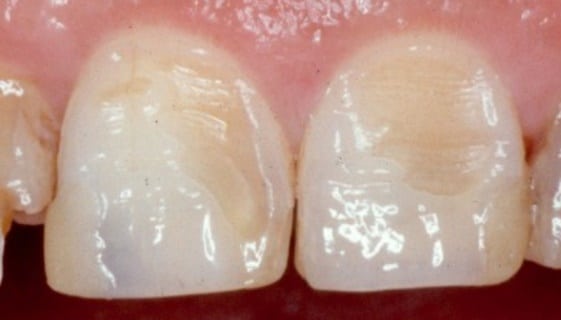
Most tooth staining is extrinsic staining, or staining in the outer layers of the tooth. This outer layer is called enamel and is the hardest structure in the human body. The enamel layer can take a lot of abuse, but it can only take so much before it starts to break down (Fig. 1).
Research from the Journal of Physics Conference Series (August 2017) found that brushing with activated charcoal actually increases the roughness of tooth enamel, which makes it easier for bacteria to stick to the surface. That can put you at risk of greater plaque accumulation, more cavities, and even periodontal disease.
Using an abrasive product like charcoal toothpaste can actually make your teeth more yellow over time. You are most likely thinking that statement cannot possibly be true, so let’s review the layers of the tooth to understand why I am not pulling your chain.
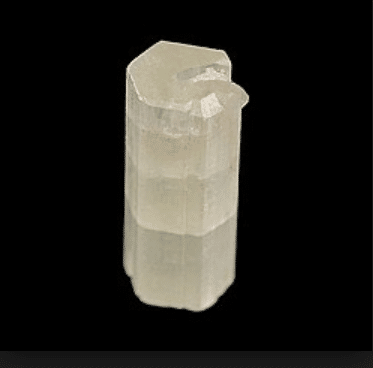
Exploring The Layers
Enamel
The enamel on your teeth is the hardest and most highly mineralized substance in your body. It covers the outer layer of each tooth and it is the most visible part of the tooth. The enamel is made up mostly of minerals, primarily hydroxyapatite (Fig. 2).
Hydroxyapatite is a naturally occurring mineral form of calcium apatite with the formula Ca₅(PO₄)₃. Okay, I can actually hear you yawning already. Basically, hydroxyapatite is a crystalline structure like glass that has a certain color and looks like a white tooth, which is what we want in our mouth.
Extrinsic stains affect the surface of the enamel, which is the hard, outermost layer of teeth. As a rule of thumb, any food or drink that can stain clothes can also stain your teeth. So, that’s why dark-colored foods and beverages, including red wine, colas, chocolate and dark sauces can discolor teeth.
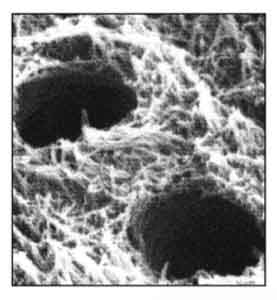
In addition, some fruits and vegetables — such as grapes, blueberries, cherries, beets and pomegranates — have the potential to stain teeth. These items are high in chromogens, pigment-producing substances that can stick to tooth enamel. Popsicles and candies are other foods likely to stain teeth.
By scrubbing the surface of your teeth you can get the stains off, but if you are using too course of a substance (especially if you are also using too hard of a brush and/or too hard of a motion) you start sanding away the enamel.
And, as the enamel is removed, you start to expose the next layer called dentin.
Dentin
Dentin is made up of 50% volume of Hydroxylapatite and a felt-work of type I collagen fibrils at approximately 30% by volume (Fig. 3).
Yawning again?
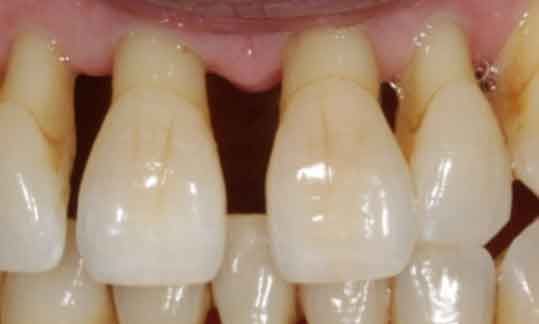
Okay, notice back up in Figure 1 the porosity of the dentin and the texture due to the collagen fibrils. This collagen gives the dentin the slight yellow appearance.
As you can see in Figure 4, which shows a patient with severe root exposure due to periodontal disease, the root has a yellow appearance because it is not covered in enamel.
By scrubbing the tooth too hard, you get the results in Figure 1.
Short-Term Results vs. Long-Term Risks
I realize that charcoal whitening is out there, and that people get short-term positive results. My concern is the long-term damage that can occur when using too much grit on the enamel layer of teeth. As such, I tend to err on the side of caution. Remember, enamel doesn’t grow back.
I always advise my patients to use a toothpaste with the American Dental Association (ADA) seal of approval. No charcoal toothpaste has that from the ADA. In fact, last fall The Journal of the American Dental Association published a literature review with this conclusion and practical implication:
Conclusions:
The results of this literature review showed insufficient clinical and laboratory data to substantiate the safety and efficacy claims of charcoal and charcoal-based dentifrices. Larger-scale and well-designed studies are needed to establish conclusive evidence.Practical Implications:
Dental clinicians should advise their patients to be cautious when using charcoal and charcoal-based dentifrices with unproven claims of efficacy and safety.
They’re basically saying there is no scientific evidence to support the advertising claims being made – there’s no real proof it works – and dentists like me should advise caution because there are’t enough studies to support safety concerns. Using common sense with regard to abrasiveness, I’m simply not going to recommend charcoal toothpaste to my patients.
Toothpaste Choices & Abrasion Factors
Toothpastes that have the ADA sea of approval must contain fluoride and must meet abrasiveness standards. We’ve touched on the abrasiveness of toothpaste before here in this article about the ritual of the electric toothbrush and here in this article about the history of the toothbrush (the ancient Egyptian toothpaste recipe), but let’s talk about the abrasiveness of toothpaste again . . .
The abrasiveness of tooth paste is measured by relative dentin abrasion (RDA) values and what they convey about the safety of a toothpaste on tooth structure. Any toothpaste with an RDA of ≤250, the recognized threshold for safety, is safe for a lifetime of use. This means that a toothpaste with an RDA of 250 is just as safe as a toothpaste with an RDA of 0-249, so if you want the biggest bang for your money – find the toothpaste with a RDA of 250.
Take look at the chart below on the abrasiveness of toothpaste and pick a toothpaste that fits your needs and taste preference. But remember, always use a soft toothbrush and don’t push too hard or exert too much force, especially if you’re using an electric toothbrush. You’re not cleaning your bathroom grout!
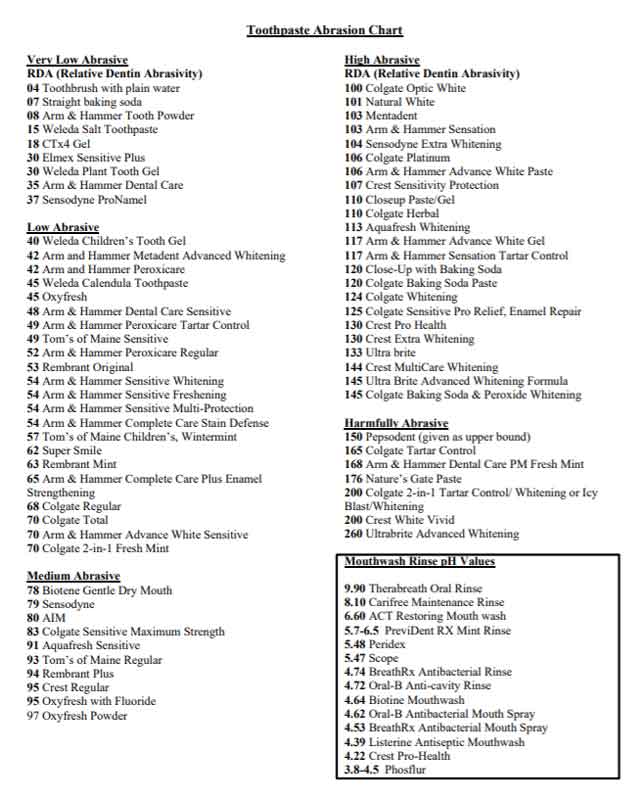
There are a lot of factors that go into tooth wear, and the abrasiveness of your brushing habits is the one that is easiest to control. If you’re a hard brusher, choose a toothpaste that has a lower RDA value. We’ll talk about abrasion, attrition, and erosion in a future post, but for know just be aware that there are many contributing factors for tooth wear and what you choose to brush with is something you can totally control.
If you absolutely love the idea of charcoal for oral health, I can’t talk you out of it and you are just convinced you need a blackened mouth and bathroom counter top, I suggest applying it ever-so-gently with your finger (not a brush at all), using it in moderation (the smallest amount possible), and only occasionally (like once every few months). You should still use your regular paste regularly! Do your research and find the RDA value of your activated charcoal choices and verify it, if you can even find it (don’t just trust the manufacturer). Better yet, avoid it entirely.
Activated charcoal seems to be in every beauty product out there today, so it’s also worth noting that many of the products can stain grout and fabrics, so protect your counters, floors, and clothes before using any of them (including the toothpastes and powders).
Whiter Teeth The Right Way
If it’s a whiter smile you’re after, let us help you whiten your teeth in the safest way possible. The results are far better than you’ll get from any at-home remedy and you won’t be risking your enamel.
The absolute best way to keep a whiter smile?!
Regular dental visits, of course.
Erring on the side of caution when it comes to enamel (or clear coat),
